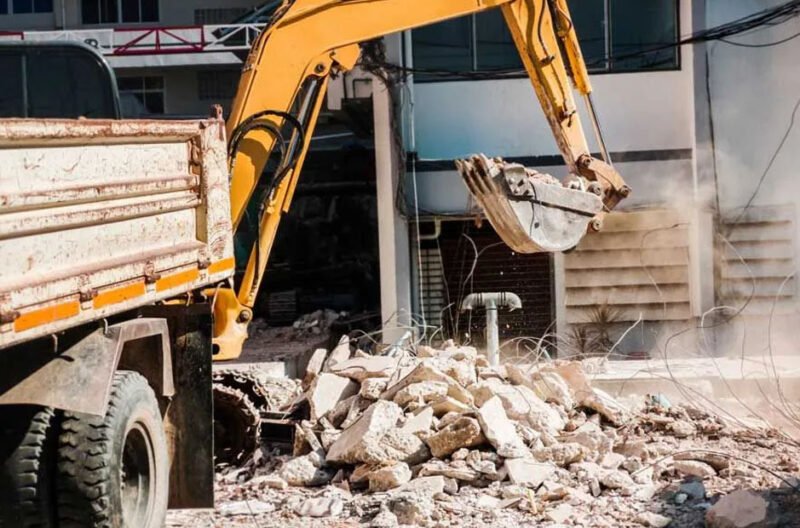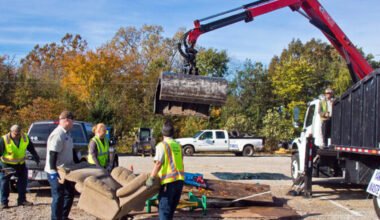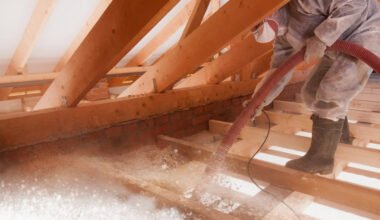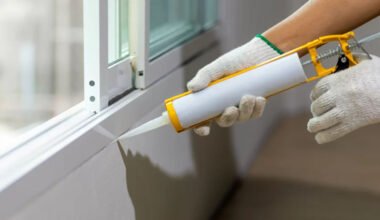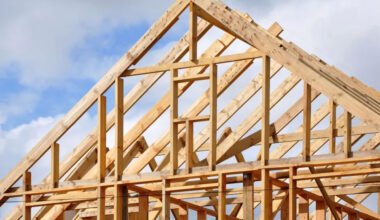Post-demolition cleanup is a way to prepare your land for your next project; many developers and property owners may choose companies that offer a clear structural removal plan and timeline to assist with their projects. Professional contractors who offer asset recovery and material recycling services are able to help you manage structural debris waste responsibly. Here are a few practices for efficient post-demolition cleanup:
Hazardous Materials
Before any major demolition of old buildings happens, a professional should evaluate the property for hazardous materials, such as asbestos. A specialist takes samples from flooring, walls, and insulation to test them for contamination. If asbestos is found, a licensed abatement contractor creates a removal plan; this could include the following steps:
- The crew prepares the site by sealing it off with plastic sheeting to contain any fibers.
- The material is removed, encapsulated with sealants, and enclosed.
- All contaminated waste is labeled and taken to an approved waste facility.
- The area is cleaned with special vacuums and wet-wipe methods.
- A new inspection is done to make sure it’s safe to proceed with the project.
Demolition and Clean Up
Once the site has been thoroughly checked and all plans and permits are in order, the crew can start deconstructing; this may begin with soft demolition. This involves removing interior structures. During this asset recovery stage, workers tear down non-structural elements of the building, such as doors and windows. The crew may remove and sort interior finishes such as flooring, trim, and lighting fixtures so they can be recycled or properly disposed of later. Some buildings have good-quality, well-preserved materials and furniture, such as built-in cabinetry and stone countertops, that are able to be repurposed in future construction.
After the interior demolition is completed, building removal can begin. Contractors use heavy machinery to bring down structural walls and roofing. During the teardown process, the crew can start cleaning up debris for both safety measures and timeline efficiency. Removing piles of rubble, loose nails, and scrap materials throughout the building removal process frees up space for more personnel and equipment, which helps the team stick to the schedule.
Track Site Conditions
As the crew clears up the debris, professionals have better access to check the soil conditions and prepare for the next steps. Some old properties might contain outdated underground systems that should be handled properly to avoid leaks or ground contamination. The crew must completely drain and shut down septic tanks, sewage lines, and pool infrastructure before removal can be done; professionals may then fill the cleared area and compact it to create a stable foundation for new construction.
Prepare for Future Developments
After demolition and debris removal, sites sometimes need grading work to level the ground and prepare it for the next project. Older properties may require soil remediation to remove contaminants such as lead and fuel. Contractors who offer grading services are able to perform the necessary safety tests before clearing the site for new construction. Find a contractor who keeps the site clean after demolition is done.
